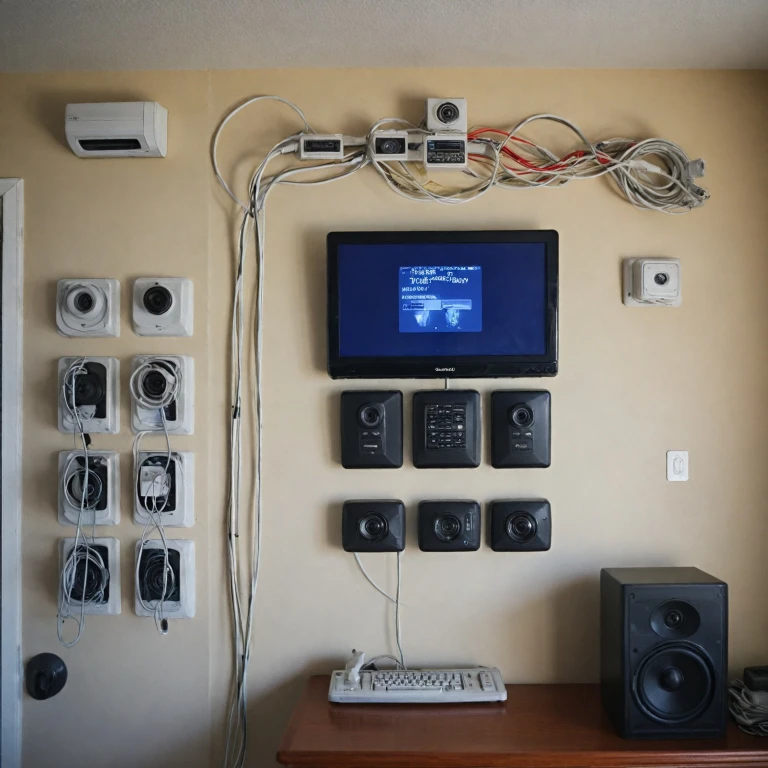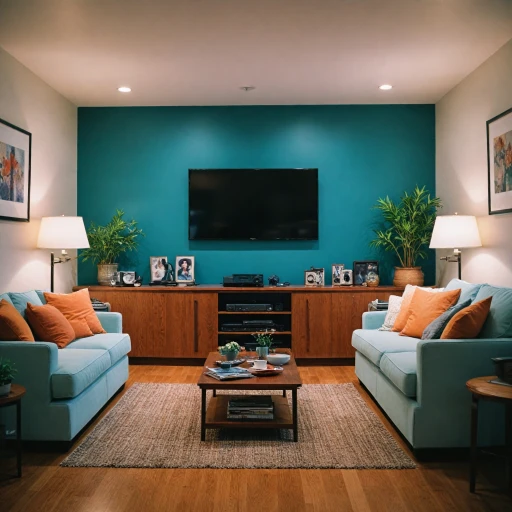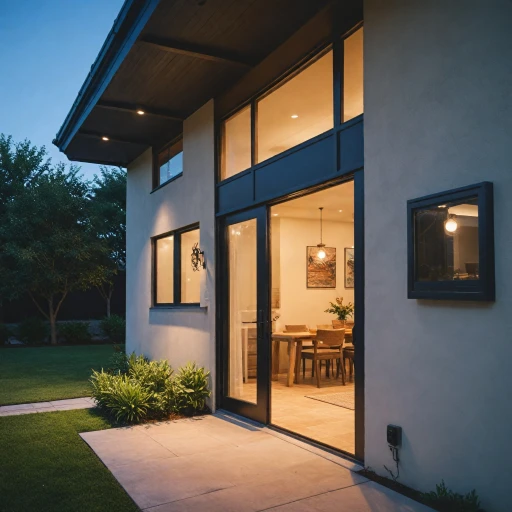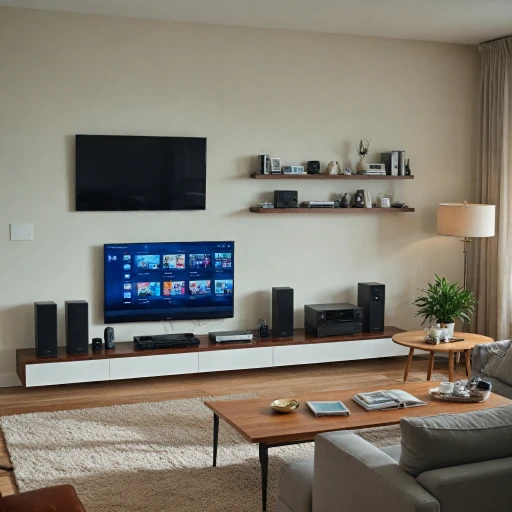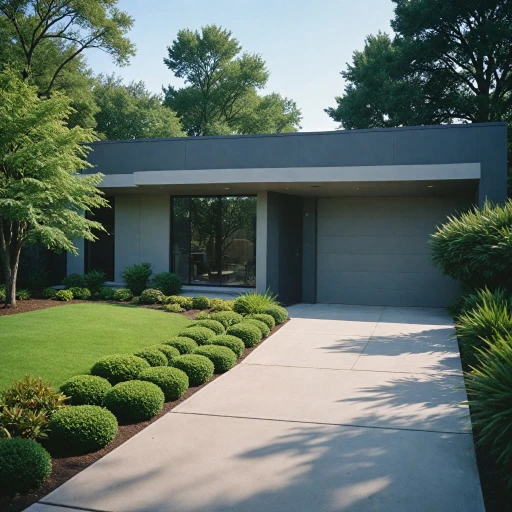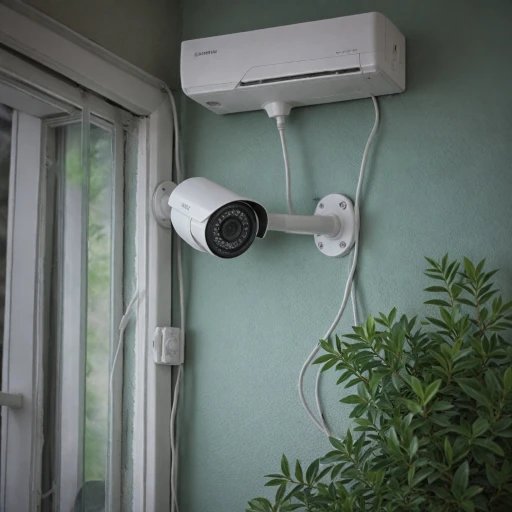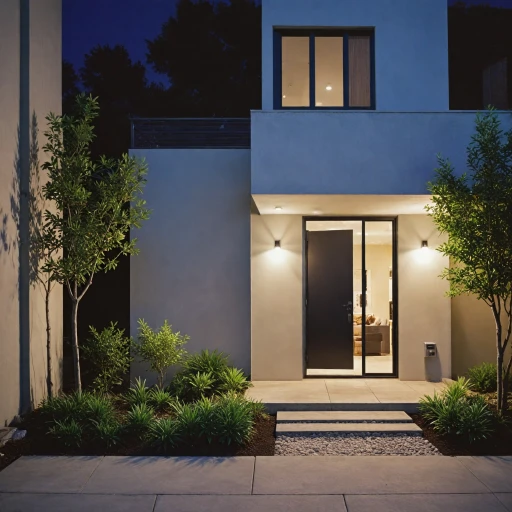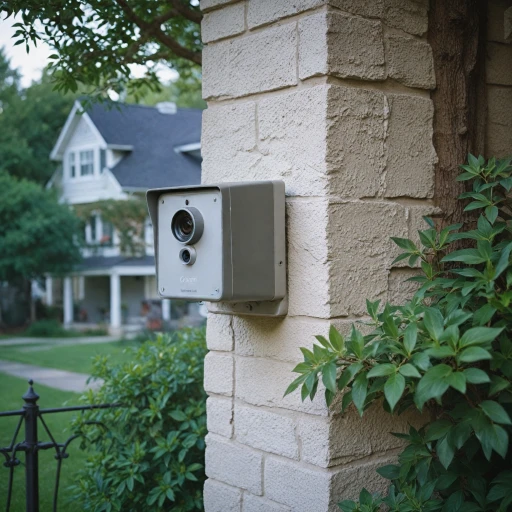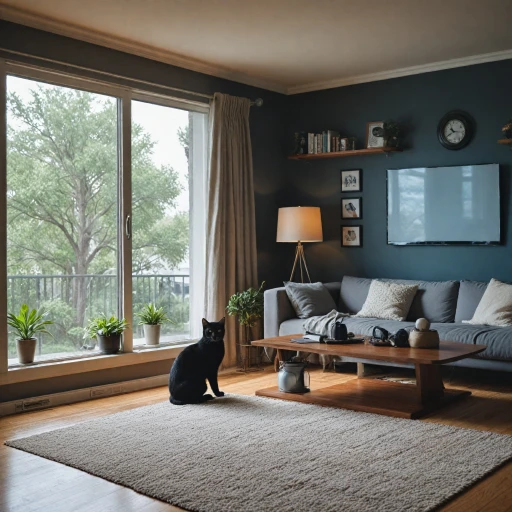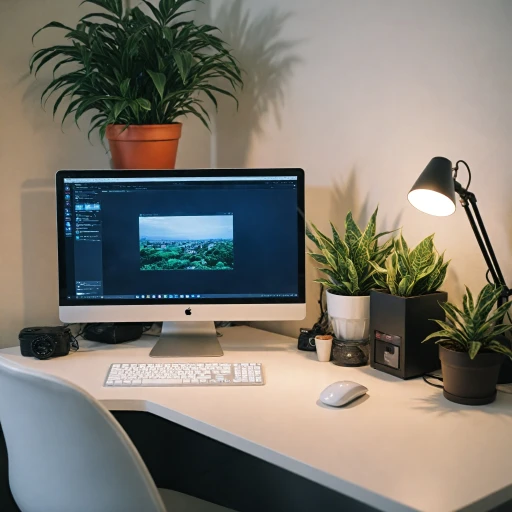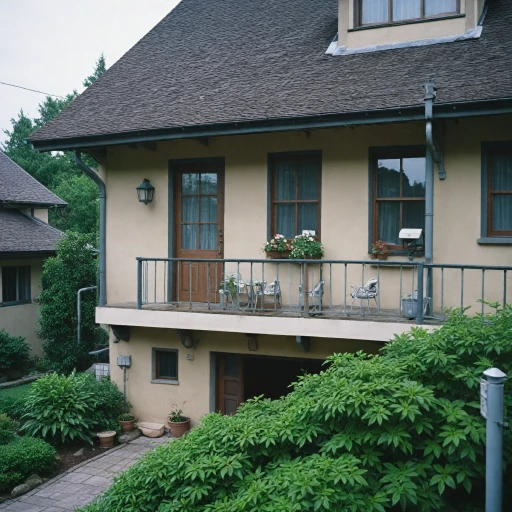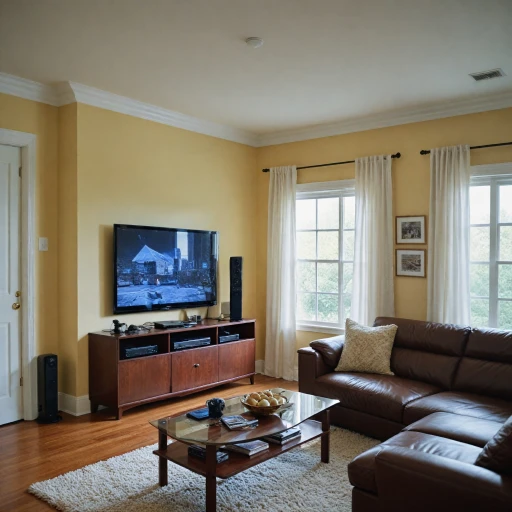The Role of Camera Cables in Security Systems
The Backbone of Reliable Home Security
In the world of home security systems, the selection of camera cables plays a crucial role in determining the reliability and efficiency of your setup. Camera cables act as the backbone of the entire security system, ensuring the seamless transmission of both power and video signals from the cameras to the recording devices or monitors. Given the multifaceted nature of contemporary CCTV systems, understanding the different components and their functions becomes vital. The type of cable you choose can significantly influence the performance of your security cameras. Cables like the Siamese cable, for instance, combine the convenience of integrating both video and power lines into a single cord, simplifying the installation process. Similarly, USB cables are prevalent in connecting newer models of cameras that might require quick data transfer. Alternatively, advancements in network cable technology, such as the Cat5 and Cat6 cables, have bolstered the efficiency with which data transmission occurs, particularly in IP-based systems. Furthermore, clarity in video power and unobstructed view possibilities make it essential to have a well-structured cable system, especially when managers are keen on remote viewing capabilities. The integrity of connectors also matters significantly; BNC connectors, which are often used, need to be tightly secured to prevent any disruption. Selecting appropriate cables can prevent challenges down the line—for example, video signal degradation and power loss. For those looking to implement a hybrid of wired and wireless systems, or compare the benefits of coaxial cables to network cables, it may be worthwhile to explore the differences through reliable sources. Lastly, those seeking a deeper understanding of how cables integrate within the broader scope of home security systems may want to learn more about the role of black Cat 5 cables essential to many residential setups. More details can be found here. This knowledge goes a long way in ensuring that when you add a camera to the cart, you're informed and ready to optimize your security network efficiently.Types of Camera Cables and Their Uses
Variety of Camera Cables and Their Specific Uses
When it comes to setting up your home security system, selecting the right type of camera cables is crucial for optimal performance and reliability. Each type of cable has its own set of advantages, making them suitable for different camera systems and setups. Let's explore the most common types and their applications in home security.- Siamese Cables: These are highly popular in CCTV camera systems. Siamese cables combine both video and power in a single cable, which simplifies the installation process. These cables are particularly advantageous when you need a long run, providing both the power required for the camera and the transmission of video signals.
- Cat Cables: Cat5e and Cat6 cables are often used for IP camera systems. These network cables are ideal when you need to connect to a network video recorder or switch, as they offer excellent data transmission rates. Additionally, when using Power over Ethernet (PoE) technology, these cables can supply power to the security cameras as well. It is important to understand the use of PoE network switches to make the most of Cat cables.
- BNC Connectors: BNC cables, often recognized for their sturdy, standardized connectors, are traditionally used with analog cameras. When it comes to systems that prioritize quick video setup and reliable connections, BNC cables are notable for their widespread compatibility and security camera systems.
- USB Cables: Mainly used in smaller or more compact camera setups where power and data transfer are required in shorter distances. USB cables are best for quick connections to computers or other devices, though they are not generally suitable for extensive surveillance systems.
Installation Tips for Camera Cables
Installation Guidelines for Optimizing Your Camera System
Setting up your security cameras involves more than just selecting the right equipment; understanding how to install camera cables properly is crucial to ensuring an efficient and reliable surveillance system. Follow these installation tips to maximize security coverage and minimize potential disruptions.
- Choose the Right Cable Type: The choice between siamese cables, cat cables, USB cables, or traditional cctv cables should be based on your specific security needs and existing infrastructure. Siamese video cables, for example, can transmit both video and power, reducing the need for separate power cables.
- Plan Your Cable Path: To ensure a clean and organized cable layout, plan the route your camera cables will take in advance. This includes identifying the locations for your security cameras and mapping the cable path to avoid interference and obstructions.
- Use Proper Connectors: Ensure that you are using the correct connectors for each cable type. BNC connectors are commonly used for CCTV systems, while RJ45 connectors are suitable for network setups using cat cable.
- Adhere to Safety Standards: While installing, make sure you adhere to local safety standards and guidelines. This ensures not only a secure installation but also maintains the integrity and performance of your security system.
- Secure the Cables: Use cable clips or ties to neatly secure the cables along the planned path. This helps avoid any accidental disconnections or damage to the cables, ensuring a continuous view of your surroundings.
- Test Before Finalizing: Conduct a quick view test of the camera system after installation to ensure all cameras and connectors are functioning as intended. This helps identify any errors or adjustments needed before completing your setup.
Proper installation not only enhances the efficacy of your home security system but also prolongs the lifespan of your cables and related equipment.
Common Challenges with Camera Cables
Overcoming Hurdles in Camera Cable Usage
When securing your home with cameras, encountering challenges with camera cables is not uncommon. These hurdles can affect the efficiency and reliability of your security system. Here are some common issues faced with camera cables and how you can address them:
- Interference: Interference can disrupt video transmission, affecting the clarity and quality of security footage. This can occur due to overlapping Wi-Fi signals or electrical cables running parallel to camera cables. To mitigate this, use BNC connectors or shielded cables for your CCTV cameras, and ensure proper distance between cables and power sources.
- Compatibility: Not all cables are compatible with every security camera system. It’s crucial to ensure that the connectors and the type of cable you choose match your camera requirements. For instance, if using older systems, a USB or siamese cable might be necessary, while newer systems may require a cat cable.
- Cables Length: Cable length can pose a restriction, especially in extensive installations across larger properties. Most camera systems have a maximum recommended length that should not be exceeded to maintain signal strength.
- Weather Impact: External cameras installed in harsh weather conditions could lead to wear and tear of cables. Using weather-rated cables can prevent damage and maintain system integrity.
- Improper Installation: Incorrect installation can lead to loose connections, signal drop, or total power loss. Adherence to proper installation tips, such as those for siamese video power cables, can prevent such issues.
Effective management of these challenges will ensure your security camera system remains efficient and reliable. Each solution not only addresses immediate concerns but adds to the longevity of your surveillance setup.
Maintaining and Troubleshooting Camera Cables
Ensuring Longevity and Functionality
Maintaining your camera cables in a home security system is crucial for ensuring the longevity and optimal functionality of your setup. Regular inspection and maintenance routines can prevent the occurrence of faults that could compromise the security surveillance.Firstly, keeping an eye on the connections is vital. Ensure that all cables and connectors like BNC, USB, or siamese video are securely attached to the respective cameras and other devices in the system. Loose or damaged connectors can lead to intermittent video feeds or power issues.
Dirt, dust, and moisture are common culprits that can affect the performance of camera cables. Regularly clean the outer coverings of the cables with a dry, soft cloth, especially those exposed to the elements. If your equipment is located in dusty environments, it might also be beneficial to “wrap” cables with additional protection. Products rated for outdoor use often offer better durability and resistance against environmental wear and tear.
Troubleshooting Common Issues
To quickly identify issues, regularly spot check the video feed from your security cameras. Irregularities such as distorted image quality or a complete loss of visual can often indicate a problem with the video or power cable. Start with ensuring power is uninterrupted and connections are snug.When facing issues with severe signal loss, conduct a step-by-step examination of your entire system. Evaluate the cable run length as longer runs may require specific network cable types like CAT or siamese with built-in video power features to prevent signal degradation.
In cases where troubleshooting is unsuccessful, replace the specific section of the cable. It's easier and more cost-effective than risking a potential security lapse. Investing in quality cables connectors, and regular maintenance can largely minimize such abrupt failures.
